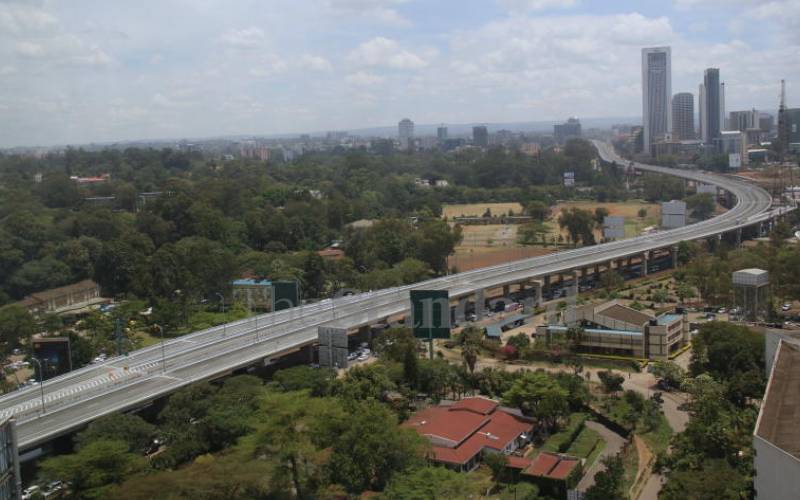×
The Standard e-Paper
Join Thousands Daily

President Uhuru Kenyatta has asked the next government not to shy away from borrowing, noting that debt is a catalyst for rapid development.
Speaking during Madaraka Day celebrations at Uhuru Gardens in Nairobi, the President hit out at those who, for the last 10 years, have criticised his borrowing frenzy. Instead, he defended his administration for achieving a lot “using other people’s money.”